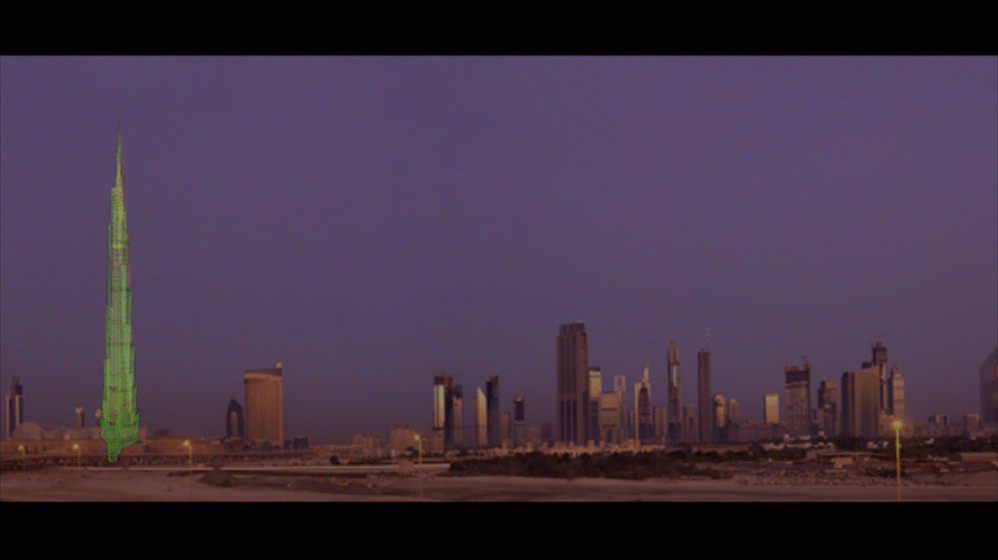Haig Aivazian makes work about history. In that sense, he’s following in the footsteps of other historically minded artists to have emerged from Lebanon in the past few decades – artists such as Walid Raad and Akram Zaatari, who have gained international recognition for works that deal with the recent political and social narratives of the country. Yet Aivazian has a quite different focus from this older generation (he was born in 1980). For all that his work explores aspects of political power and violence, the civil war itself barely features – in fact, Lebanon as a whole doesn’t get much of a look in. And rather than emphasising ideas of documentation and archiving, Aivazian’s approach is more lyrical, more romantically bound up with narrative and storytelling. His works, across a variety of different media, are like concentrated historical parables, tracing how certain motifs thread their way between disparate times and locations –often, indeed, focusing on how history itself is invoked as a trope.
The video piece Into Thin Air Into the Ground (2011, the first ‘chapter’ of the four-part The Unimaginable Things We Build, 2011–12), for example, is a smart essay about the Burj Khalifa skyscraper in Dubai, using a voiceover and advertising imagery to reveal the contradictions behind its hubristic history-in-the-making claims and ‘history rising’ slogan. Parting Kisses (2013), meanwhile, comprises a series of small bronzes, like maquettes for commemorative monuments, that elide notions of historical and sporting eras: different generations of Nike Air trainers; Saddam Hussein’s toppled statue with his wrenched feet left in place; a copy of Chicago’s statue of Michael Jordan midgame, with all but his feet removed. In these works and others, the sense is of history as a sort of iconic spectacle or performance – albeit a paradoxical one, in which people seek to both preserve a moment against the passage of time, and simultaneously express its disappearance.
More recent pieces have seen Aivazian casting his historical net wider. The allegorical objects in Rome is Not in Rome (2016), installed like an archaeological arrangement within a ruined palace during the Marrakech Biennale, drew upon various episodes of scientific discovery, fantasy and reenactment from a span of over 2,000 years. But his most extensive body of work is his investigation into the cultural legacy of the Ottoman Empire – and is also, perhaps, his most personal project, given his partly Armenian heritage (he was included in the Golden Lion-winning Armenian Pavilion at the 2015 Venice Biennale). In a series of entrancing sound, sculpture and film pieces, he explores the magnificent variety of musical traditions across former Ottoman territories, their differing development becoming metaphors for grand narratives of change and renewal, functioning as a sort of a threnody to history.
This year he has a residency in Kadist in Paris, where he plans to make a follow-up to his 2014 video, How Great You Are O Son of the Desert!, about Franco-Arab identity. It will be absolutely fascinating to see where – and when – his work leads to.
Aivazian is based in Beirut. His work was recently included in the Marrakech Biennale 6, and the Biennale de Montréal 2016. He is represented by Sfeir-Semler Gallery, in Hamburg and Beirut.
From the January & February 2017 issue, in association with K11 Art Foundation
